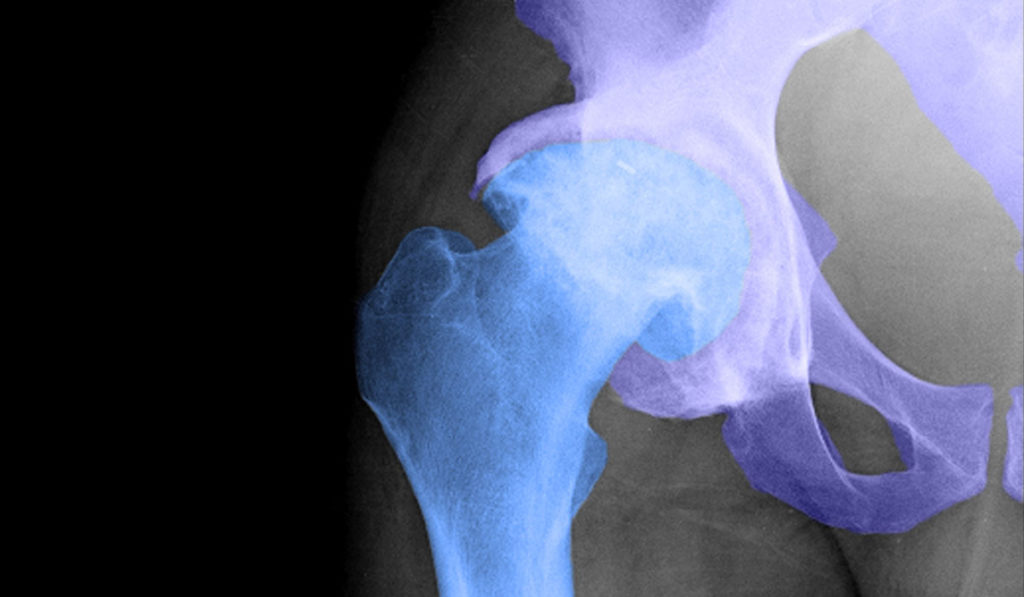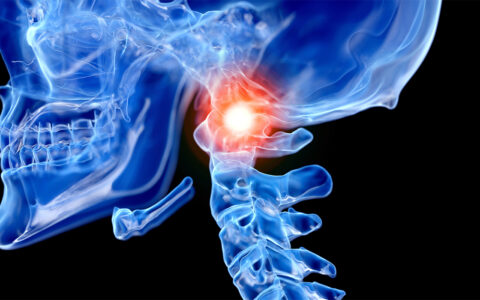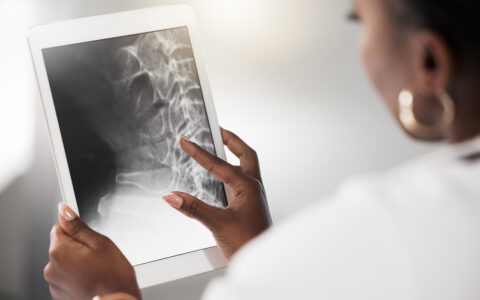For the first time, the American Academy of Orthopaedic Surgeons has released a clinical practice guideline (CPG) for the treatment of osteoarthritis of the hip, culminating a three-year review of research into best practices for the management of hip osteoarthritis.
“Our task was to identify questions relevant to the treatment of hip arthritis,” said Gregory Polkowski, M.D., of Vanderbilt University Medical Center, who co-chaired development of the guidelines for AAOS, “whether it ranged from non-surgical conservative measures typically performed by primary care doctors or non-surgeon orthopedists, to the surgical aspects of treatment of hip arthritis, especially hip replacement surgery.”
Recommendations in the CPG
“The strongest CPG recommendations supported the use of intra-articular corticosteroids, physical therapy and non-narcotic pharmacologic management as conservative treatments for patients with hip osteoarthritis prior to total hip replacement surgery,” Polkowski said.
The list of recommendations given strong or moderate support includes:
- Use of risk assessment tools to assist in predicting patient complications, assessing surgical risks and educating osteoarthritis patients undergoing total hip replacement (THR).
- Use of corticosteroid injections to improve function and reduce pain in the short term.
- Physical therapy as a conservative treatment to reduce pain in mild-to-moderate cases.
- Use of non-narcotic medications – specifically, NSAIDs – to improve short-term pain and function.
- Post-operative physical therapy after THR to improve early function.
- Use of tranexamic acid injected or administered at the surgical site during THR to minimize blood loss.
Next Steps for the Guidelines
“The risk modification questions will continue to be a pretty big topic in coming years, not only for the AAOS and guidelines like this, but for policymakers in Washington and insurance companies. It’s a tremendous issue that we’re dealing with on a daily basis.”
In the next five to ten years, Polkowski expects the CPG will be revisited as more data become available on newer approaches and technologies including anterior-approach hip replacement and robotic surgery.
“We’ll probably have more data on surgical approaches, perhaps some implant-specific information,” said Polkowski. “Certainly, one remaining question is whether or not the use of robotics in the operating room actually affects patient outcome. The risk modification questions will continue to be a pretty big topic in coming years, not only for the AAOS and guidelines like this, but for policymakers in Washington and insurance companies. It’s a tremendous issue that we’re dealing with on a daily basis.”
Listen to a discussion of the new hip osteoarthritis guidelines with Gregory Polkowski.





